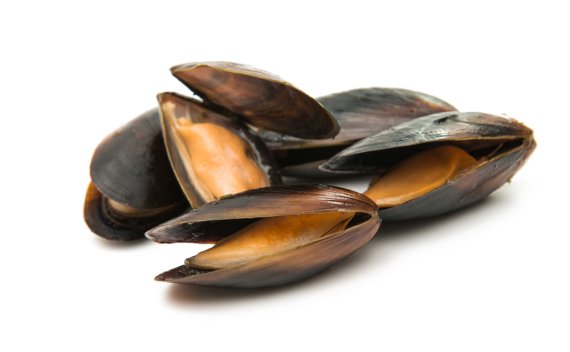Shellfish such as oysters and mussels may contain toxins that can cause diarrhoea, and in severe cases paralysis or even death. ‘That’s why every batch has to be tested before it can be released for sale,’ explains Bodero. She received her doctorate on Friday 11 January; her supervisor was Ivonne Rietjens, professor of Toxicology.
Only known toxins
Before Bodero started her PhD, she worked for the Chilean food safety authority. ‘In Chile and many other countries, mice and rats are used for these toxin tests.’ Europe already has an alternative, the LC-MS/MS test, which was developed in Wageningen by PhD candidate Arjen Gerssen. It is used to detect lipophilic marine biotoxins. But the downside to this test is that it can only detect known toxins.
Bodero and her colleagues made improvements to another test, the neuro-2a bioassay, which can be used in combination with the LC-MS/MS test to detect unknown toxins as well. The neuro-2a bioassay uses cells that are cultured in the lab. Bodero: ‘Instead of killing mice, the toxins just kill the cells. That way we know there is a toxin present. After that initial screening we can perform further tests to find out what kind of toxin it is.’
There are still a few limitations to the neuro-2a bioassay. For example, it is not yet sensitive enough to detect the legally permissible amounts of what are known as OA and DTX-2 toxins. Researchers at Rikilt are currently working to improve this.
Sensitive information
Bodero hopes that the new combined method will be implemented in the near future. ‘Over the next few years, this method will need to be used alongside the tests with lab animals to check the results are comparable’. She finds it difficult to say how many lab animals would be spared if the new test turned out to work. ‘I tried to get hold of the data, but governments are reluctant to share this information. In the Netherlands, at any rate, using lab animals for these tests is prohibited.’

 Photo: Shutterstock
Photo: Shutterstock